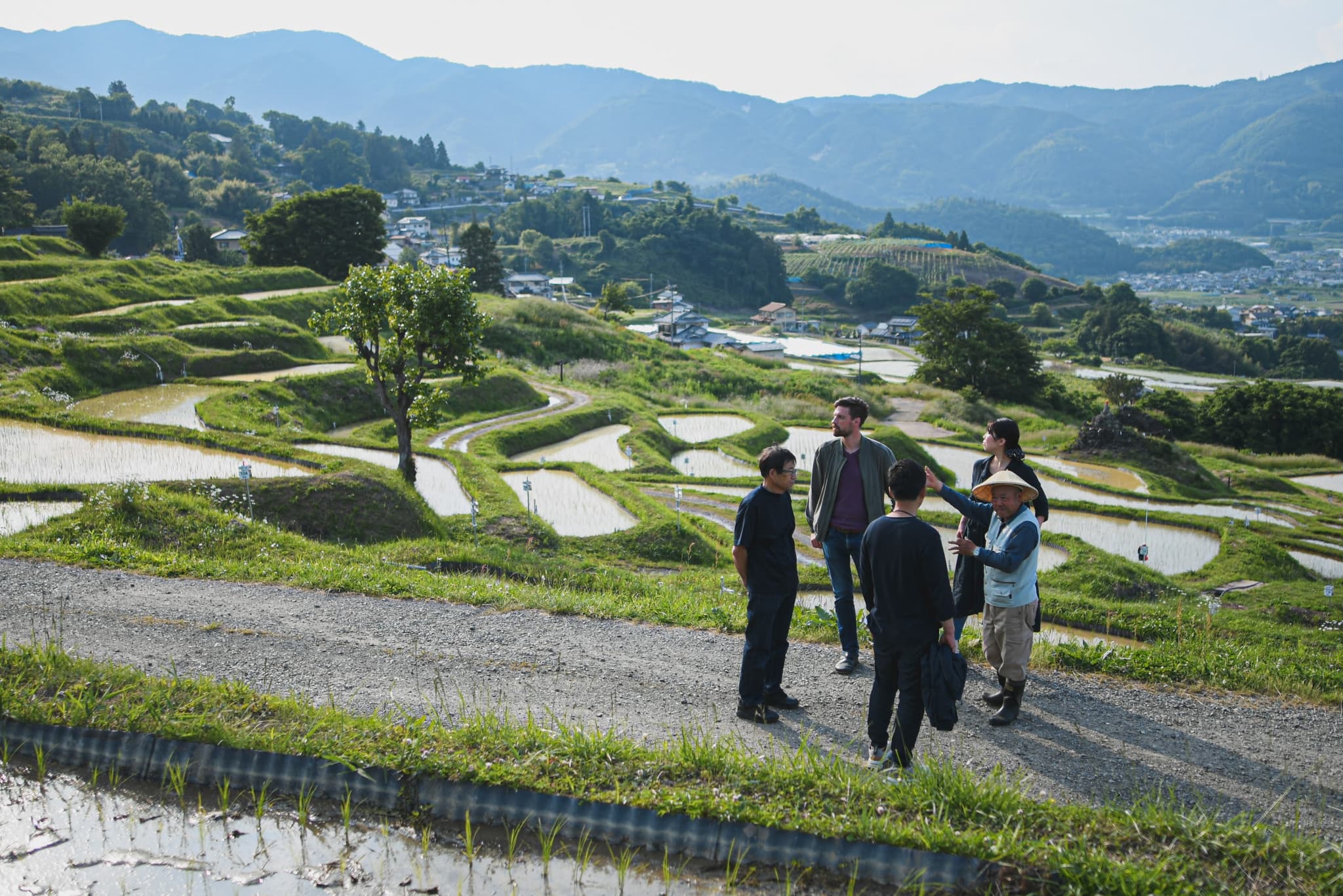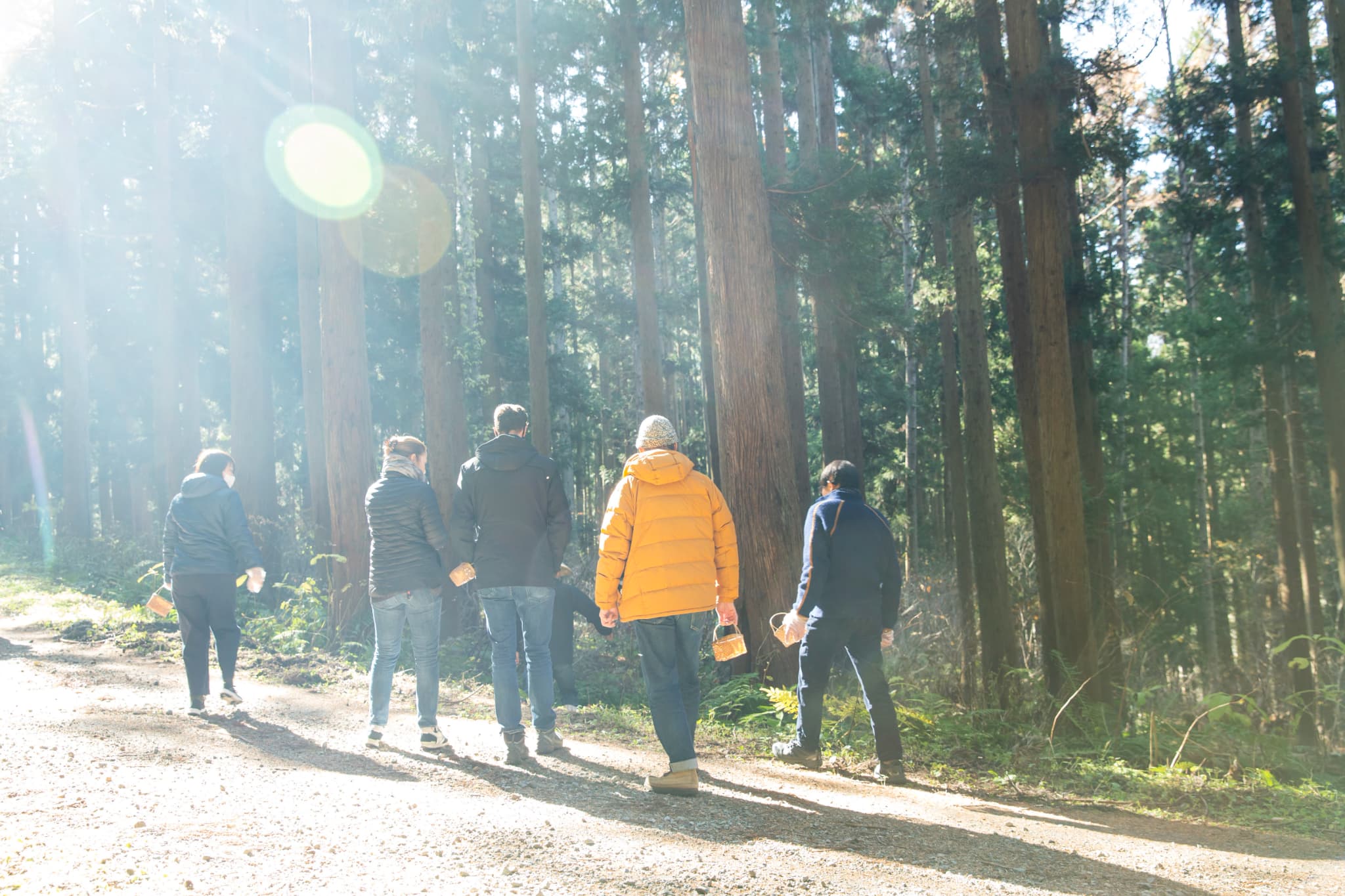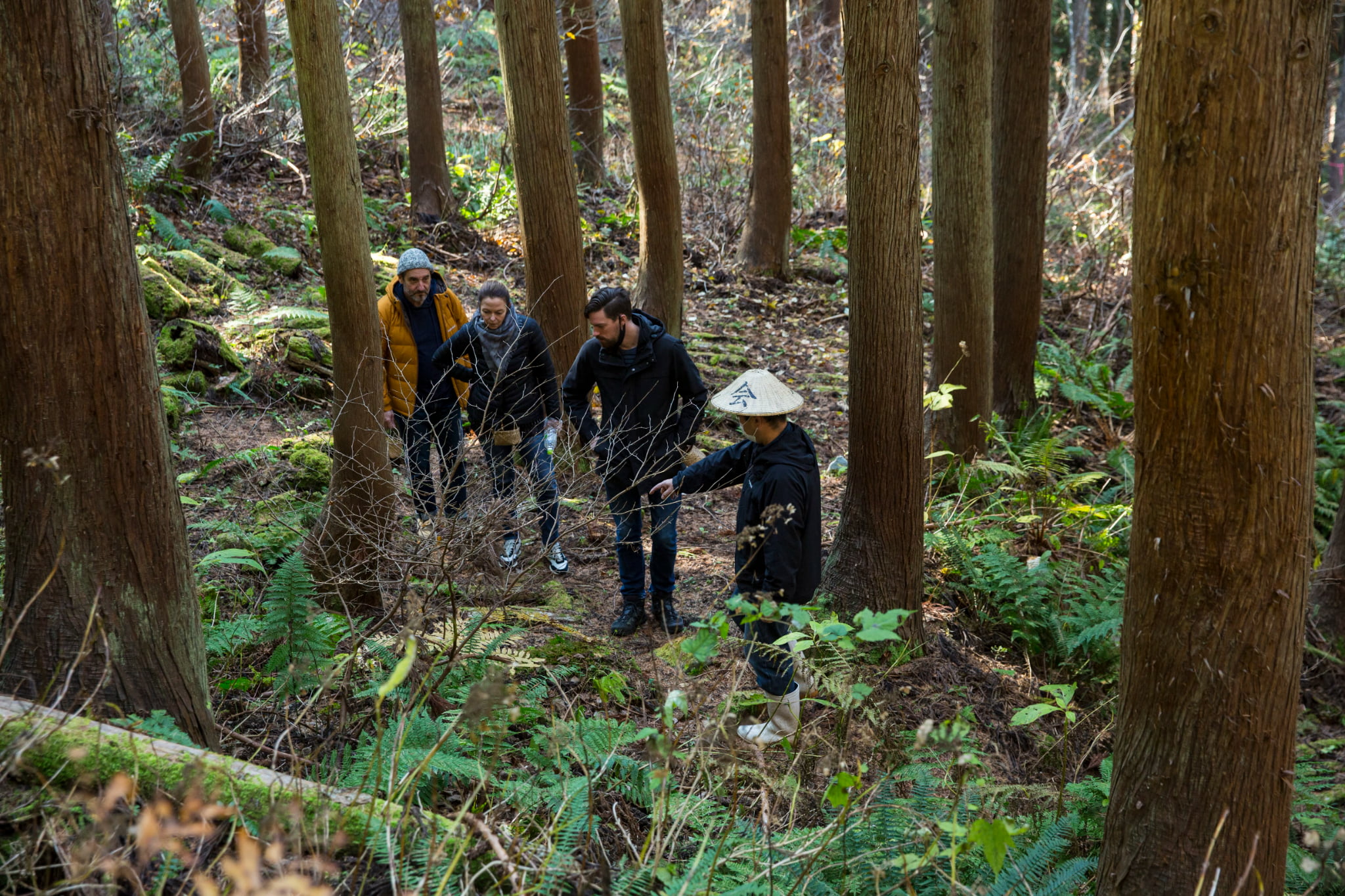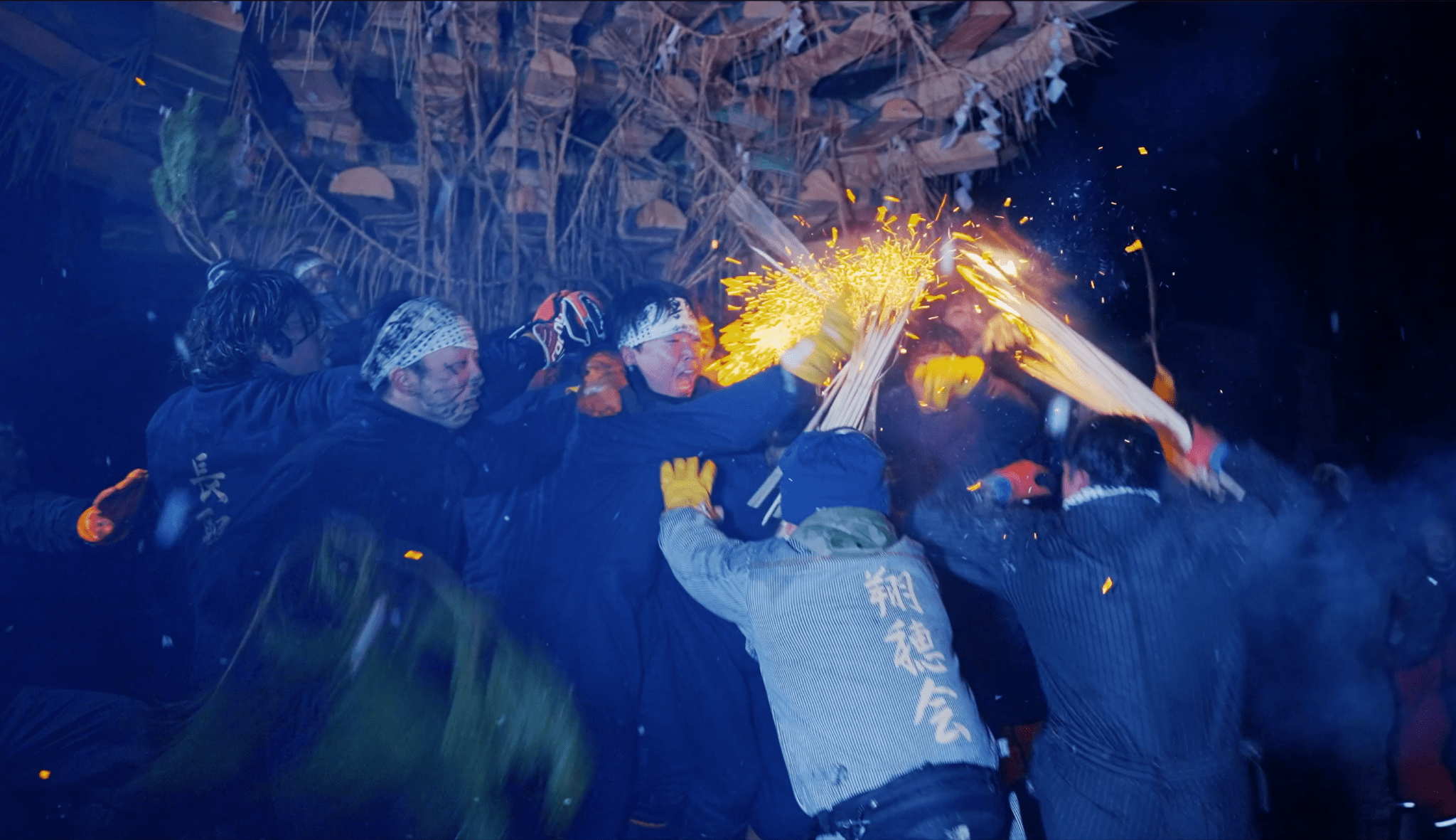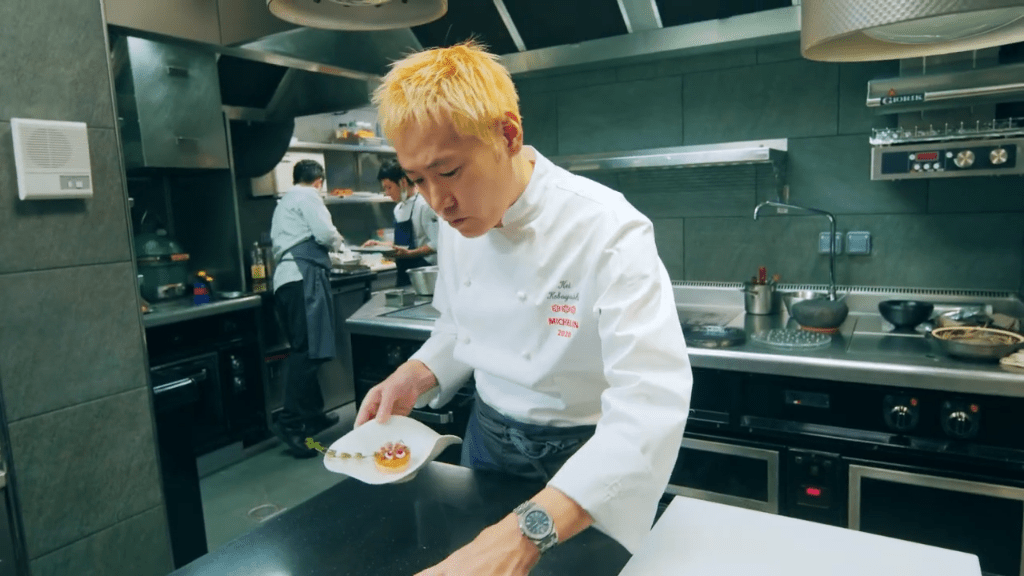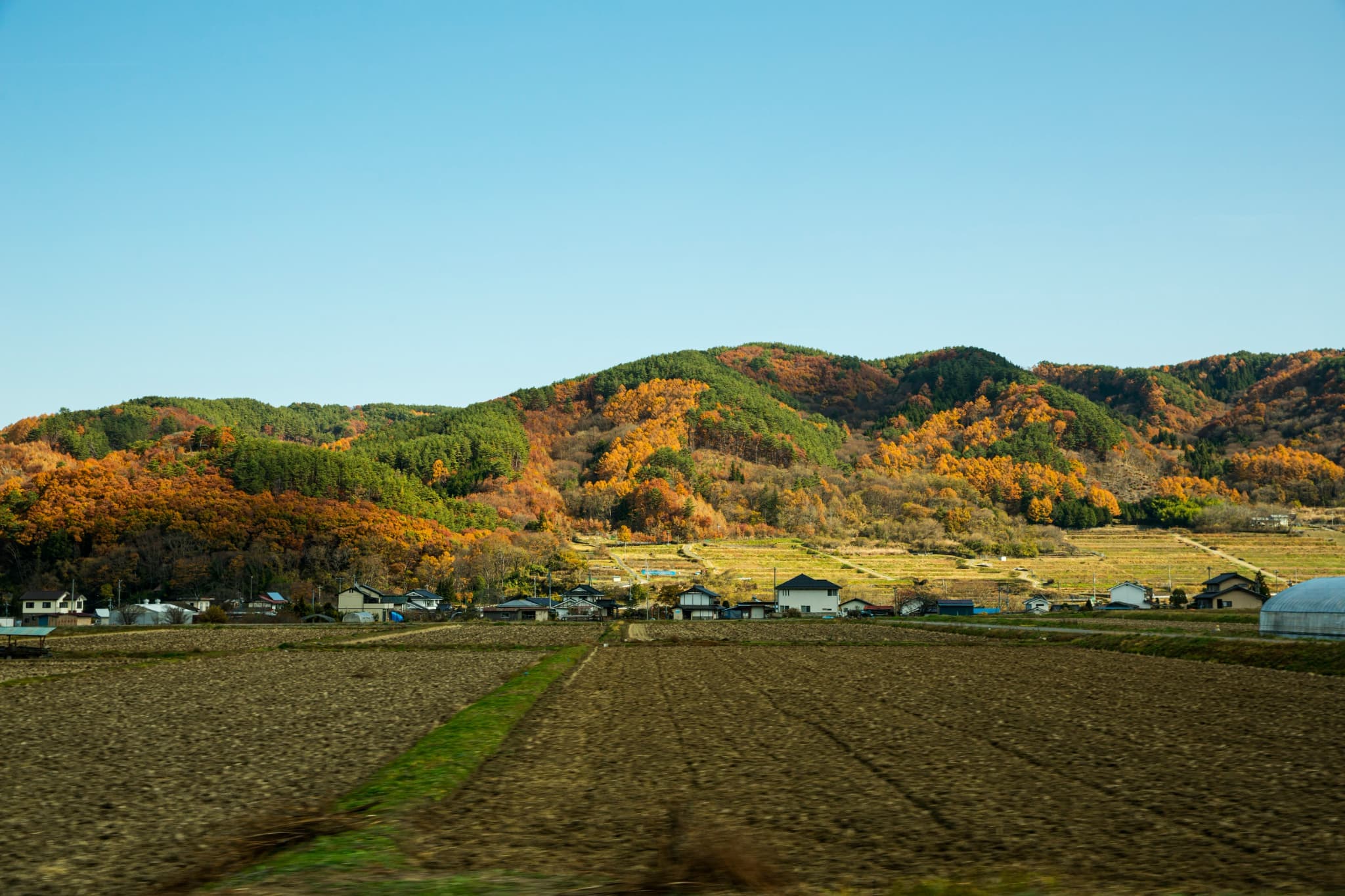
The Coexistence of Nature and Humanity – “Satoyama”
自然と人とが共生する「里山」
Have you ever encountered the beauty of Japan’s natural landscapes? From bamboo forests to heartwarming rural fields, the beauty of Japanese nature has an aspect of “functional beauty” that was formed by human efforts to incorporate the functionality of nature into their daily lives. These natural areas are called “Satoyama,” where humans protect, maintain, and live in harmony with nature.
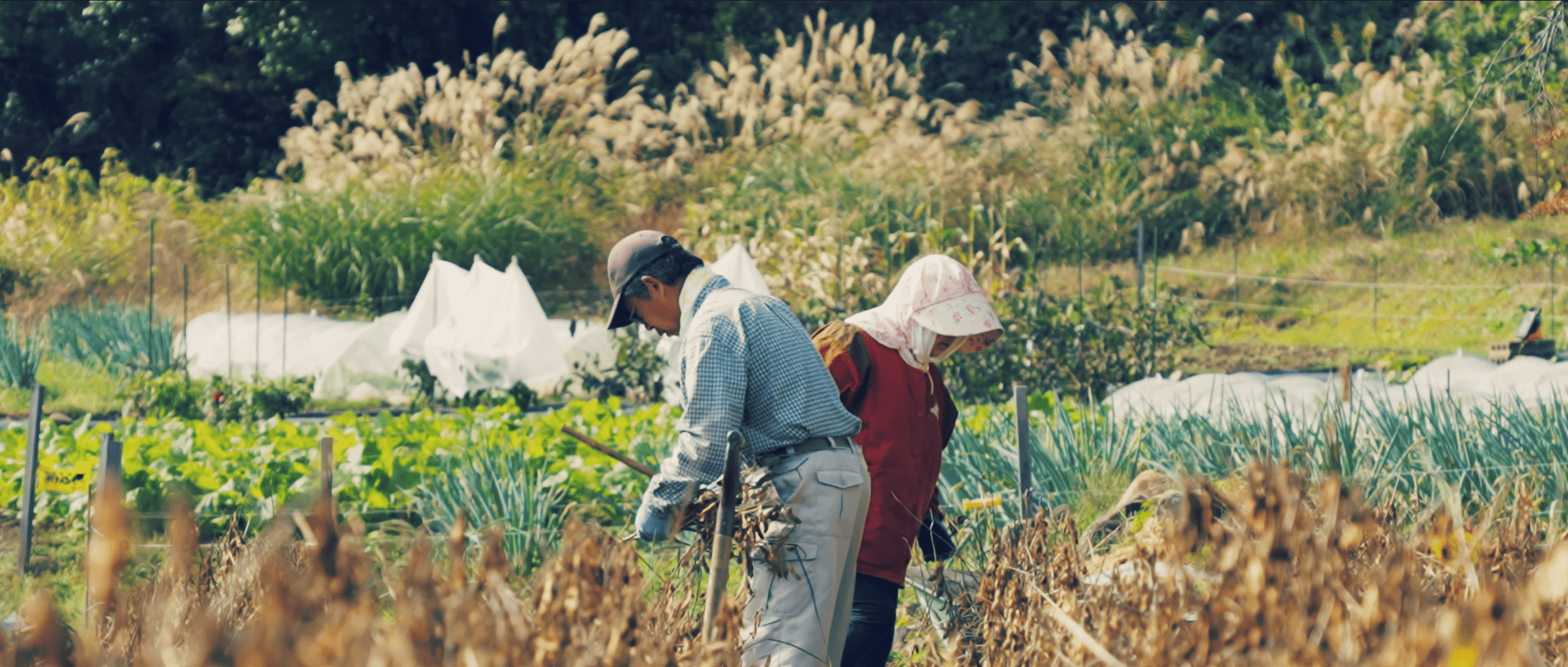
Satoyama is a place full of life and energy which has supported the traditional life of Japanese farming villages. Satoyama refers to natural ecosystems, which unlike pristine nature, can be regenerated and sustained through its relationship with humanity. Satoyama provides firewood and charcoal for heating and cooking, fallen leaves to use as a fertilizer, along with purely flowing streams, abundant fields, and various other aspects that are often associated with an image of Japanese rural landscapes.

As the Japanese economy began to grow at a remarkable pace in the mid-20th century, people’s lifestyles have undergone a major transformation. For example, there was a time when logging and pruning trees were important tasks to maintain the healthy natural cycle of forests, but such wisdom, skills, and lifestyle needed to live hand-in-hand with satoyama seem to be more of a relic today. Amidst the changing times, in the mountainous Nagano prefecture where severe cold and snowy winters make an annual visit, “Satoyama” remains a familiar presence where nature and humanity rely on each other.
Following Nagano’s severe winter – “Spring”
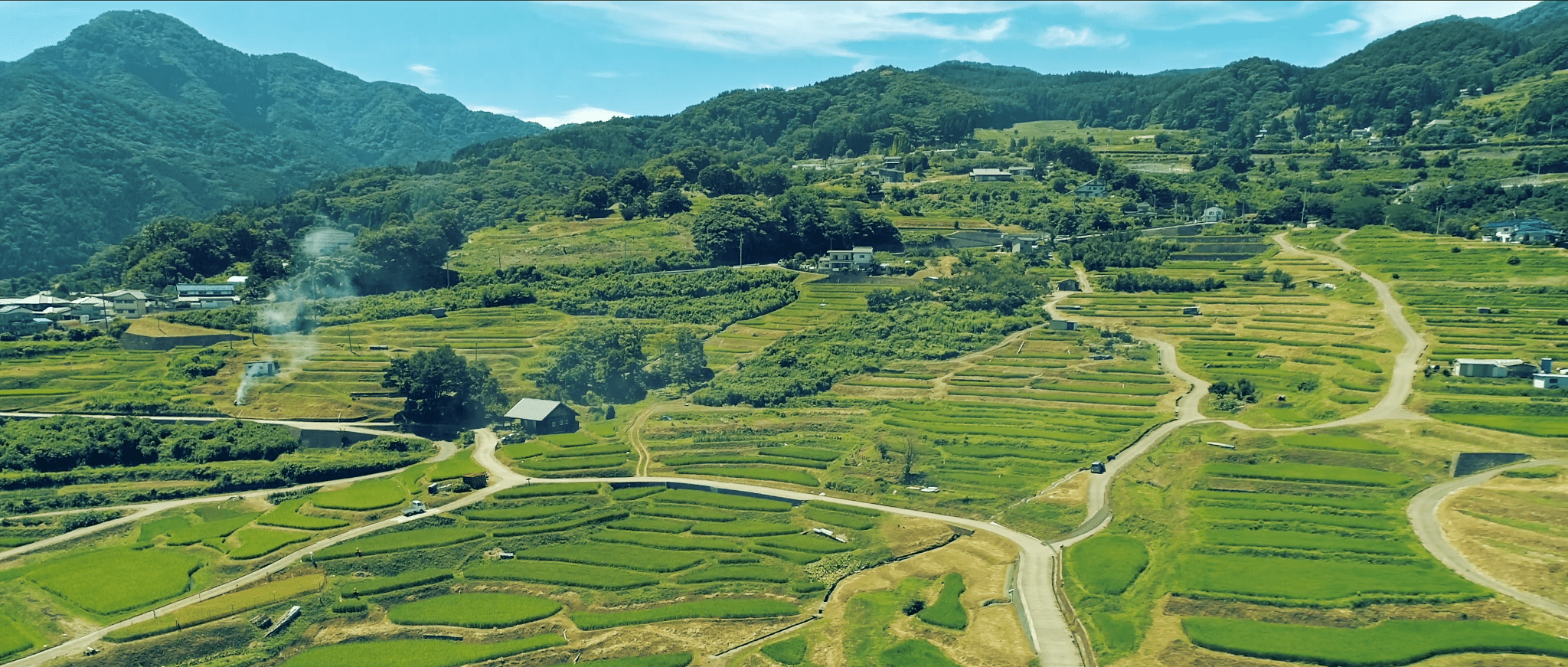
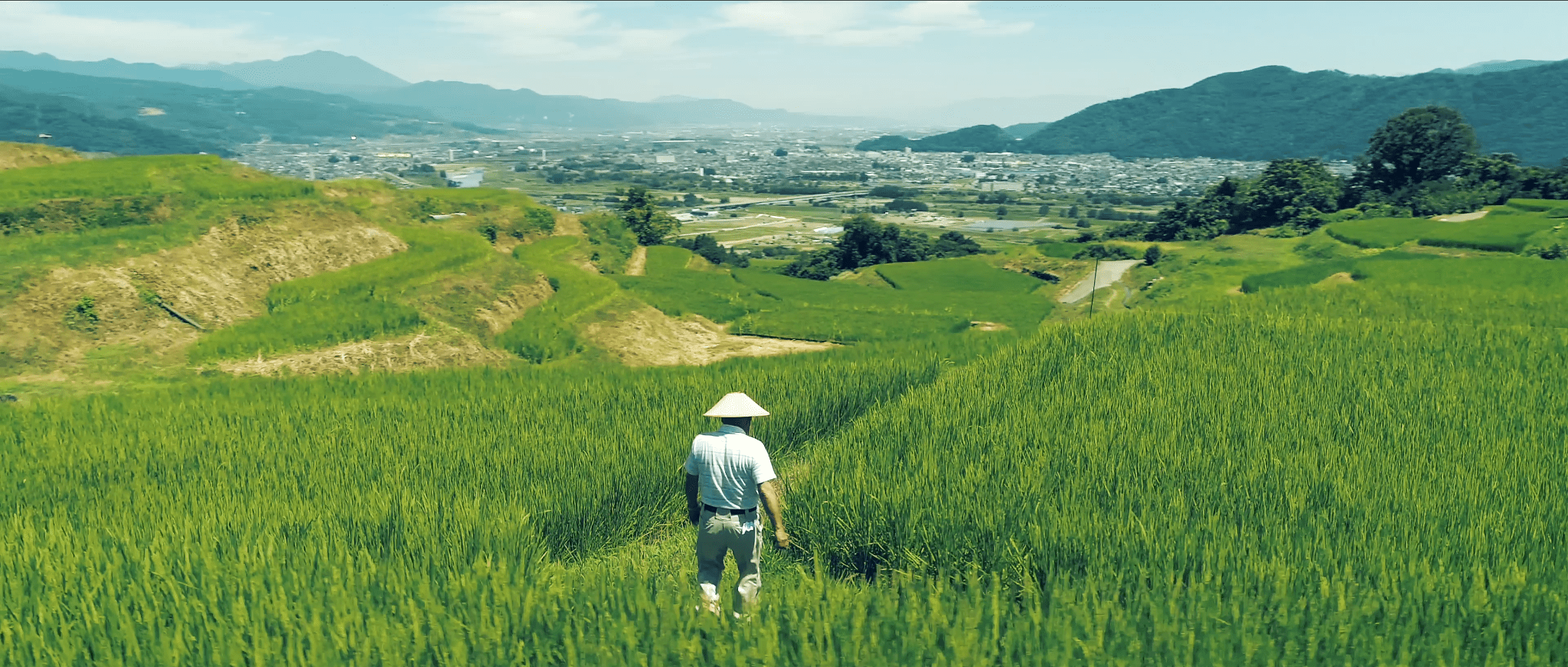
The subsiding cold and melting snow signals the arrival of spring in Nagano prefecture. When the once monotone landscape is filled with flowers and a hint of splendor, wild plants begin to sprout one after another. People enjoy picking and cooking these nourishing greens that have endured the severe winter. “Don’t pick all the edible wild plants because we will share these blessings next year and beyond.” Children would be told to show restraint while picking wild greens, which is a teaching of ancestors who have lived in harmony with satoyama over the years and cherished the blessings of nature without destruction.
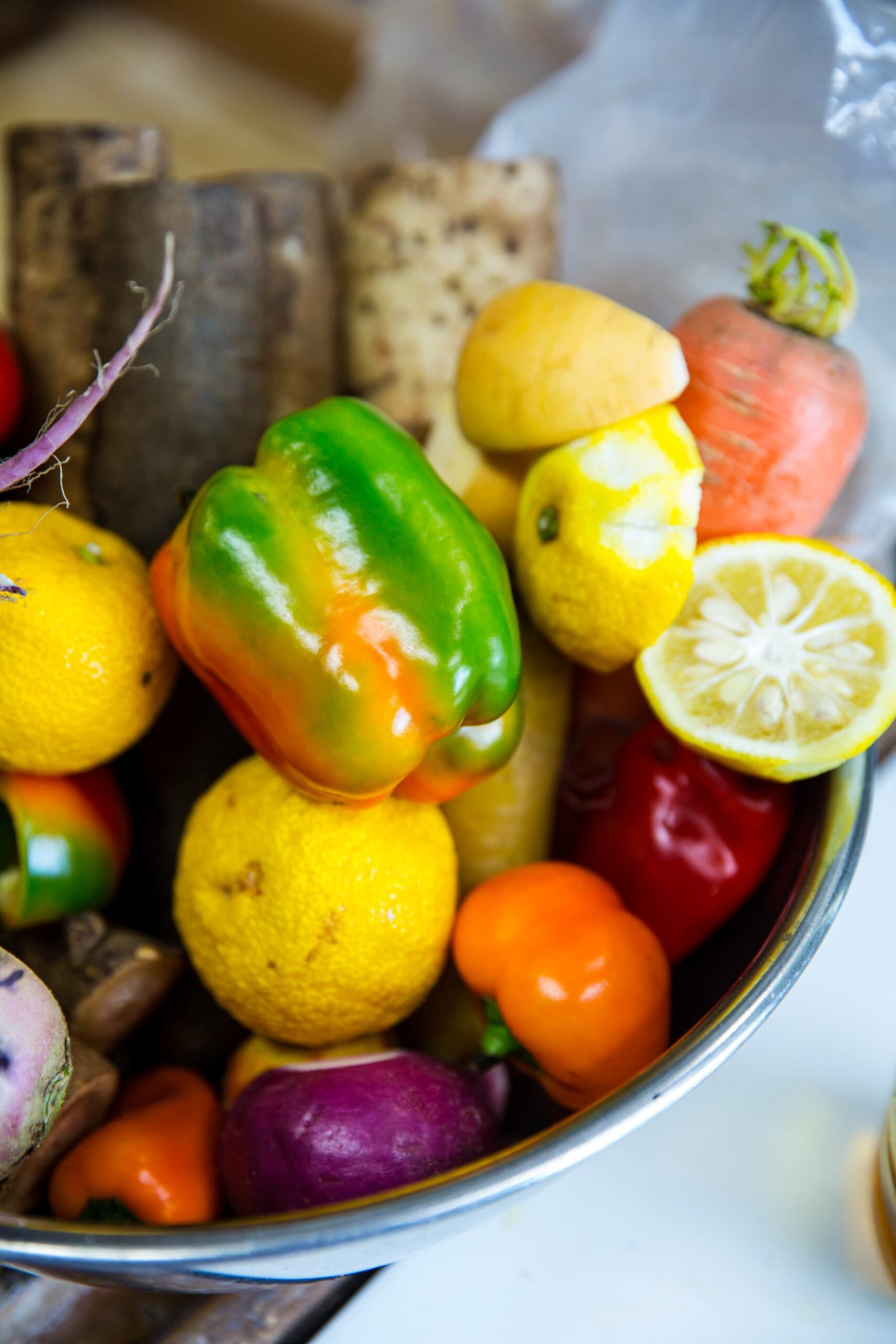
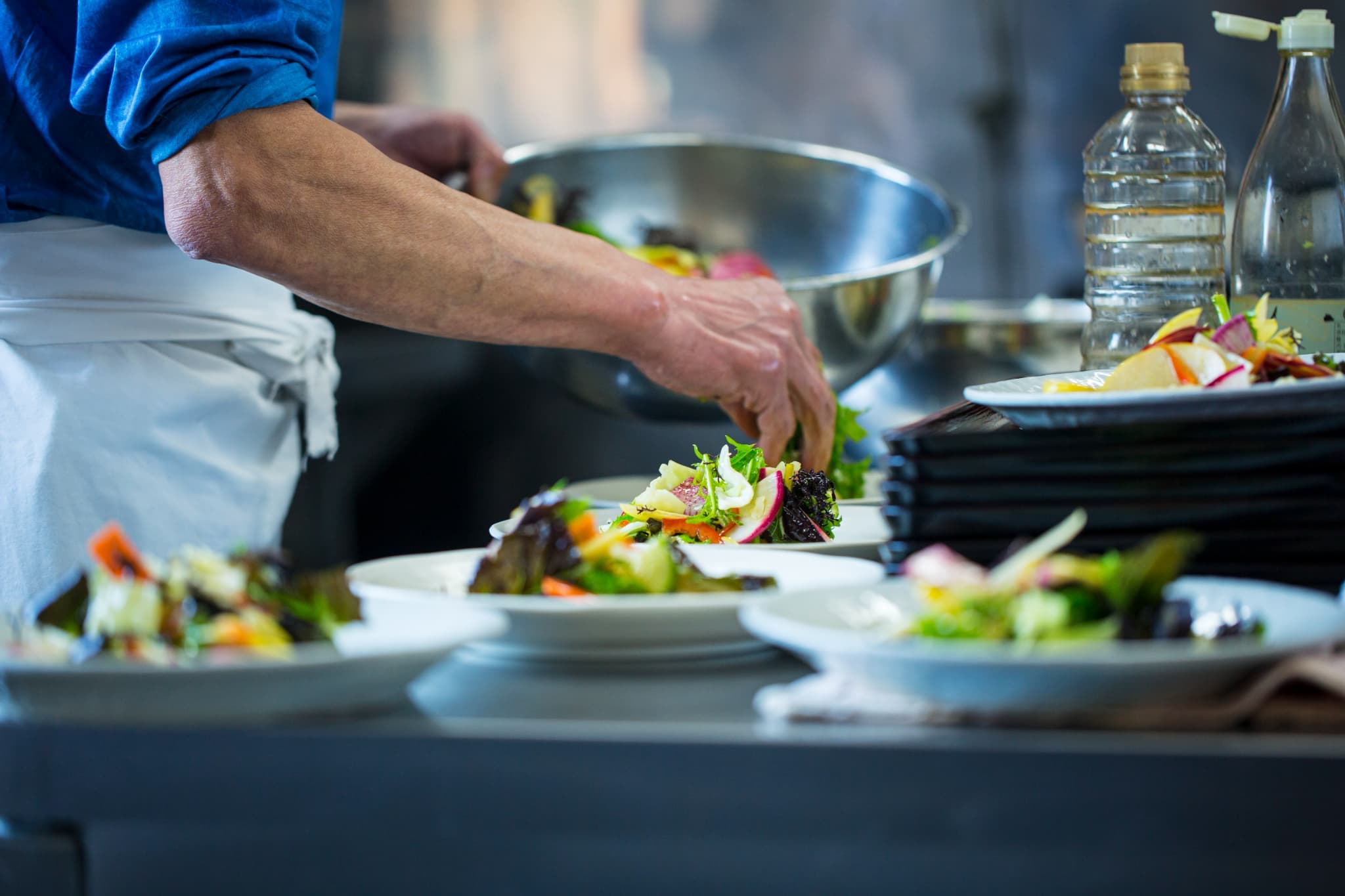
“The trees and grasses at our feet that have survived the bitterly cold winter tell us many things,” says Mr. Masakazu Kitazawa, a pioneer of “Satoyama Cuisine” and owner of a restaurant called “Shokuninkan” in a quiet corner of Saku City. He incorporates the blessings of satoyama into his cuisine every day. “Satoyama is a place where nature and humans coexist; you can be healthier and live with a sense of well-being in such an environment.”
The changing seasons of Satoyama


As the seasons change from spring, summer, to autumn, each region’s “Satoyama” shows its own unique color and expression. The differences in elevation and temperature, lush forests, and abundance of water gives the harvest of Nagano’s agricultural products great individuality and diversity. As autumn deepens and harvest season is over, satoyama sheds its brightly colored leaves and transforms, winter being just around the corner.
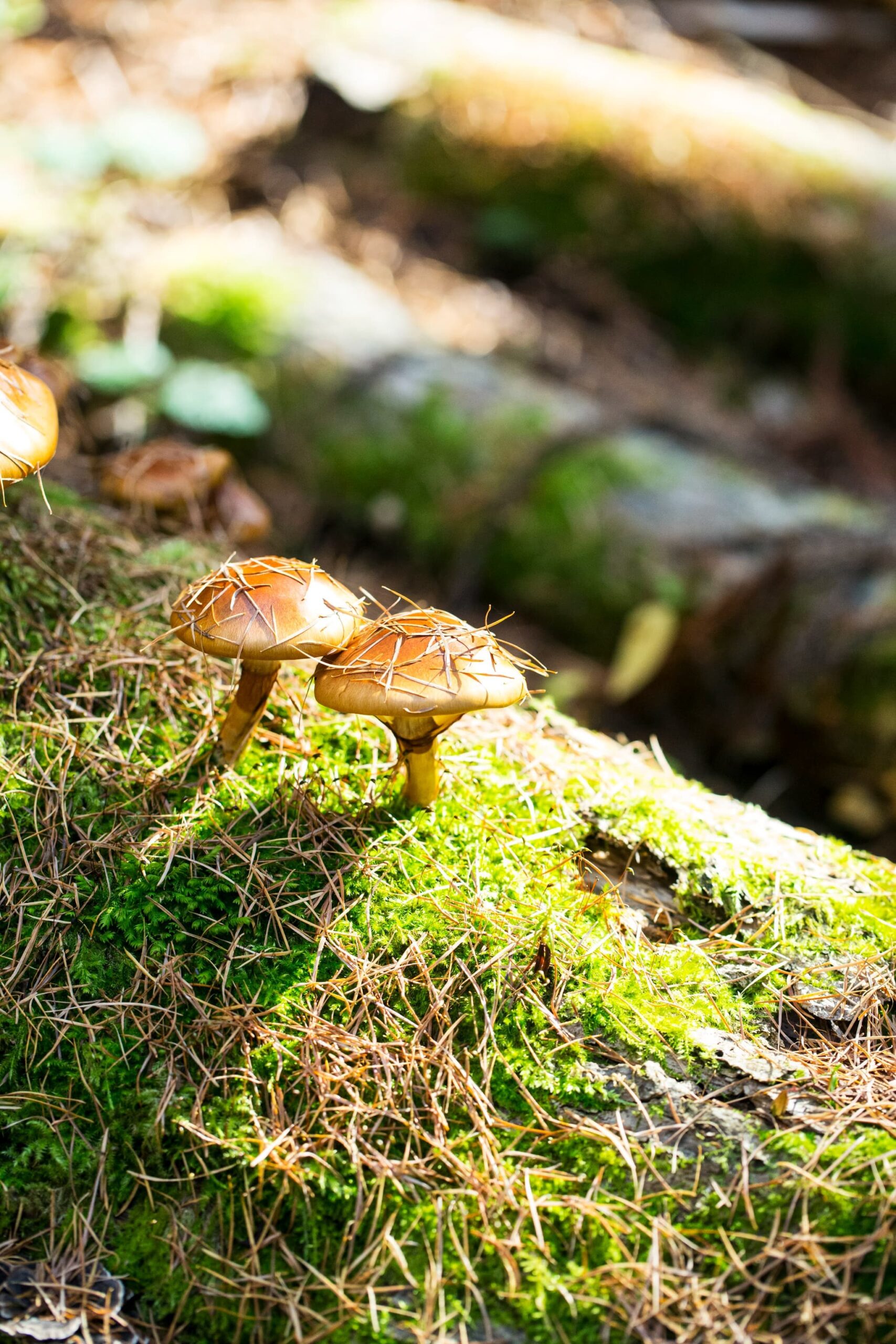
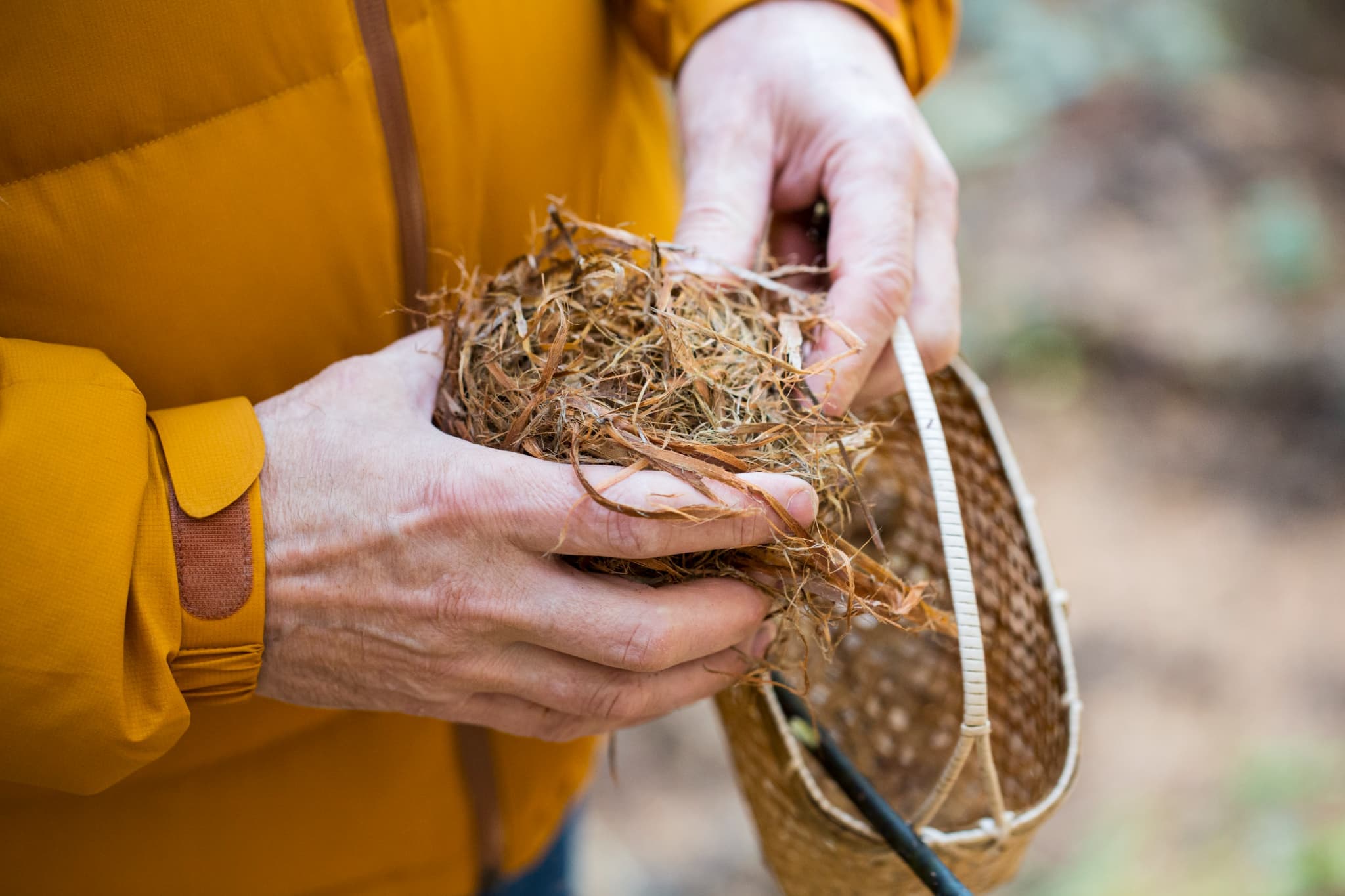
Frost falls in the early morning and one’s breath turning white as soon as it is exhaled signals the beginning of winter, which is also when the pickling of Tsukemono vegetables takes place. The vegetables used for tsukemono and the method of pickling vary from region to region. The process of making tsukemono is an important means of communication within each community. Neighbors wash vegetables together, and families work together to make tsukemono; during this season, asking neighbors how good their pickles are looking becomes a cordial form of greeting. Then, while slowly persevering through the severe winter season, people continue to go about their daily routines in preparation for the arrival of spring.
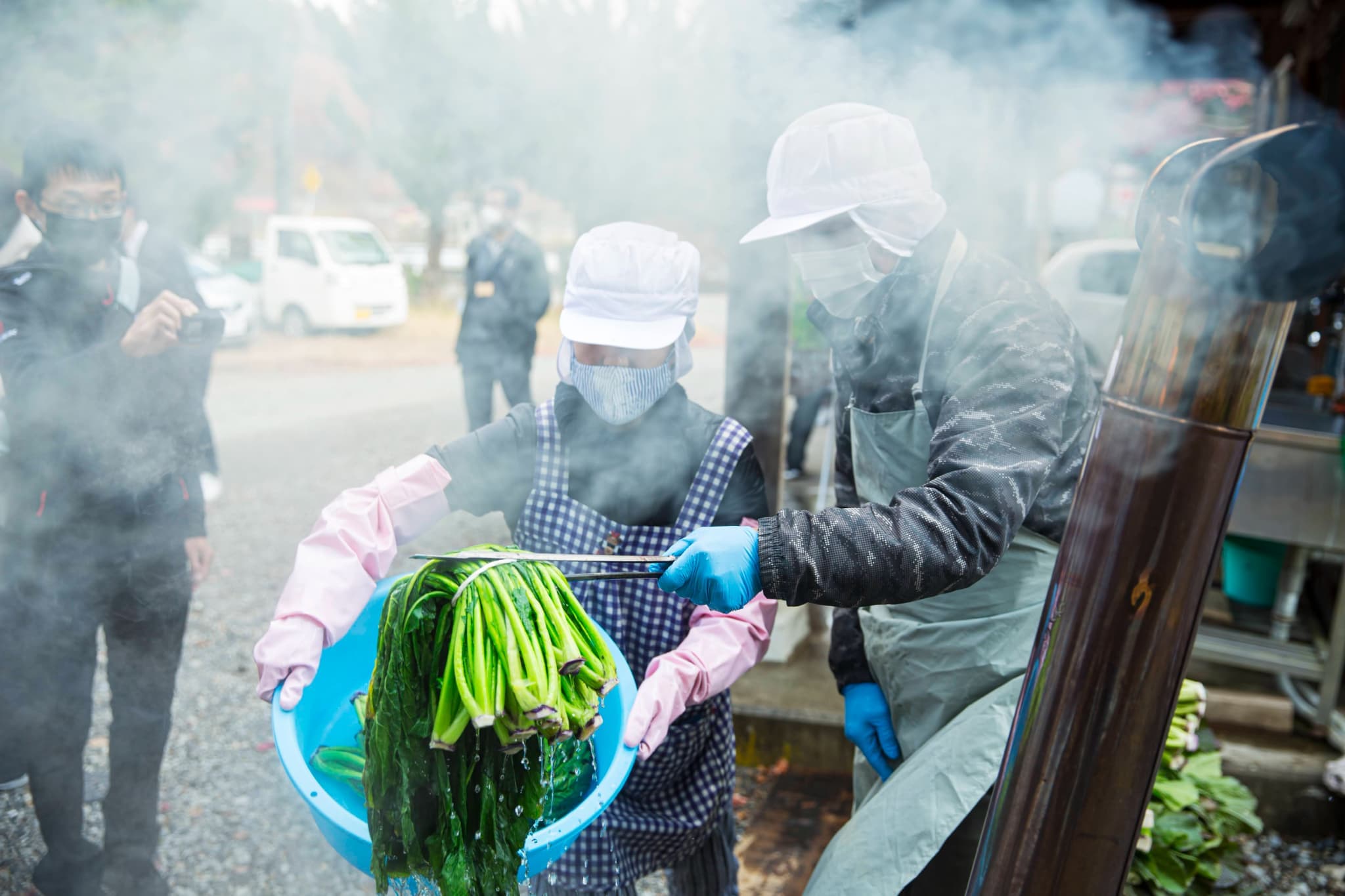

Through good and bad, warmth and harshness, human settlements and natural ecosystems coexist in the nature of satoyama, supporting and caring for each other.
